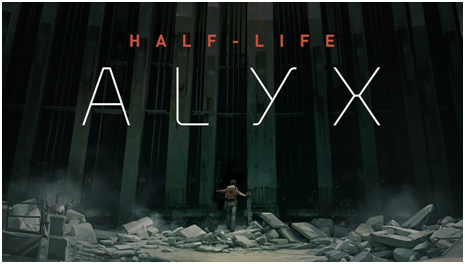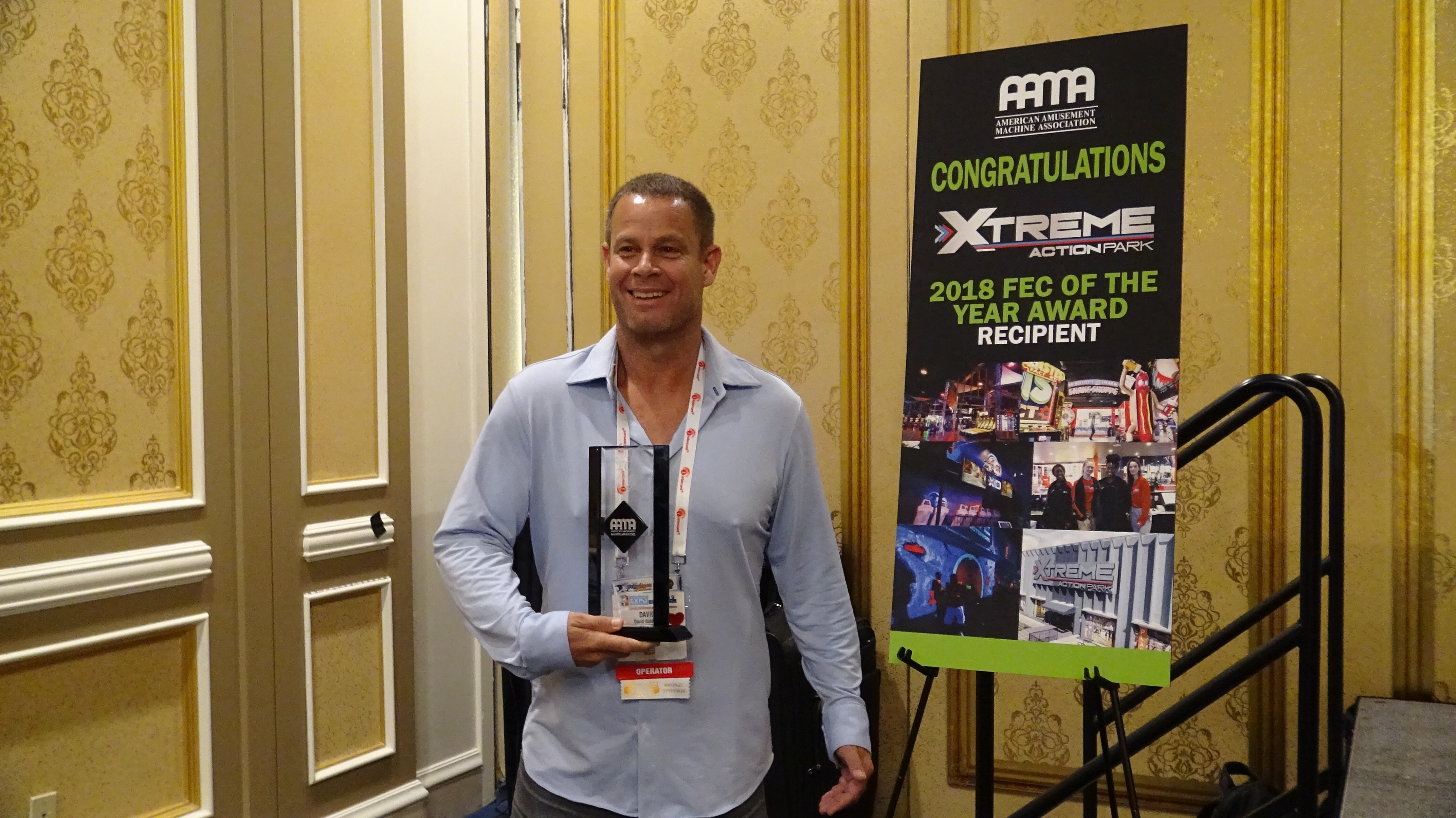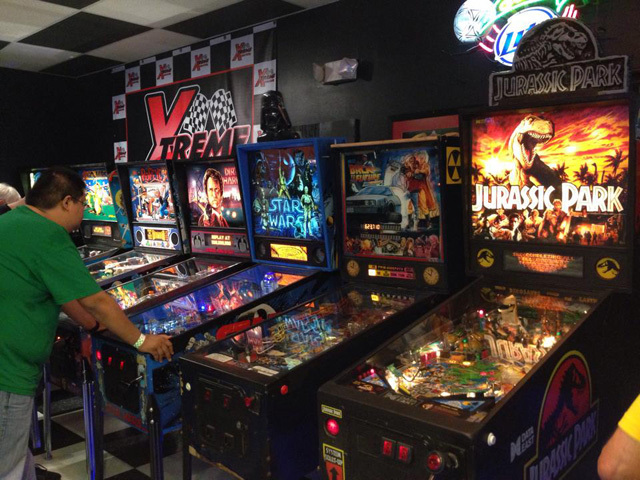Note: In this article, we’ll be talking about the critically-acclaimed game franchise, Half-Life. Even though it’s been more than a decade since Episode 2 came out, and spoilers are aplenty on the internet, we feel it relevant to warn you that there will be spoilers for the plot of Half-Life in this blog post. If, for any reason, you’ve avoided spoilers on this series (maybe you heard about the cliffhanger in Episode 2 and are waiting until the release of the final part of the story before marathoning it?), consider this your only warning!
The release of Half Life 2: Episode Two, along with its iconic cliffhanger ending in 2007, caused great turmoil in the gaming industry, with gamers urging Valve to shed light on the circumstances of our protagonists. However, what no one could’ve suspected after a cliffhanger of that magnitude was that it wouldn’t be until more than a decade later that we would receive any type of elucidation on the matter.
Now that Half-Life: Alyx is out, was it the game everyone was expecting? That is the question we aim to explore in this article. So if you’re interested in all things Half-Life, then read on!
The Story Up to Half-Life: Alyx
As a game series that pioneered storytelling through a silent protagonist with minimal cutscenes and only taking control away from the players on certain specific occasions, Half-Life definitely had an interesting way of presenting its narrative. This is further compounded by the fact that the game actually has quite a sprawling story to tell, one that we’ll try our best to abridge, without going on for hours, as we feel it’s important to understand where the predecessors left off in order to understand the significance of Half-Life: Alyx.
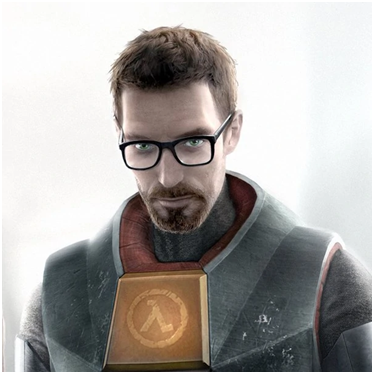
Half-Life: The Black Mesa Incident
The original Half-Life is set in a post-apocalyptic America where, after a series of events led to a powerful Interdimensional alien force invading and conquering Earth, the remnants of humanity are subjugated and ruled with an iron fist, with a Dr. Wallace Breen acting as the puppet leader of the humans placed by the aliens as he was the one who brokered peace between both factions. The entire conflict, since the invasion of the alien Combine forces to the complete enslavement of humanity, took only 7 hours, and the event went down in the annals of history as “The Seven-Hour War.”
At the center of all the events that led the Combine to Earth was one Dr. Gordon Freeman, the silent protagonist of every Half-Life game in the series, until Half-Life: Alyx arrived on the scene and changed this tradition. Freeman is a theoretical physicist that was working in the Black Mesa research facility, which was hard at work studying, among other things, portal technology to transport matter across large distances. Their research had led them to open portals to alien worlds, including Xen, which they also traveled to and fro, unbeknownst to our protagonists, after the group gained an interest in examining the exotic flora and fauna within.
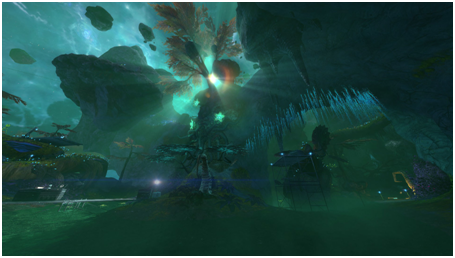
However, in one of the regular lab experiments, a catastrophic event called a Resonance Cascade occurred, which caused destructive portals to appear all over the planet. Alien creatures poured out of the portals, the incident caused great damage everywhere, with the top brass at the government opting for completely erasing the facility via a nuclear explosion that would completely eradicate all evidence of the event.
Freeman, after a series of events throughout the facility, traveled to Xen and put a stop to the alien Nihilanth who, through his great and mysterious psionic powers, was keeping the portals to Earth open. After the alien’s death, the portals closed, and Freeman was put into stasis by a mysterious interdimensional traveler, the G-Man, who then assured that he’d be brought back to action again once his “services” were required.
Half-Life 2: The Defeat of the Combine in City 17
Fast forward around two decades to the events of Half-Life 2 and its two episodes, when Gordon is brought back to City 17, one of the last remaining cities in the region, overseen by Dr. Breen and led by the Combine Advisors who are pulling the strings from the background.
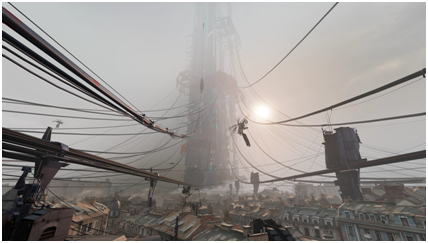
As part of humanity’s terms of surrender, the remnants of humanity were forced to live within a suppression field that blocked population growth by preventing pregnancies, and are subjected to chemicals through the water supply that suppress any sexual urges and brainwashes the populace, keeping them compliant and subservient. Meanwhile, people live a dreary existence of forced curfews, regular raids at the hands of Civil Protection officers, and the constant threat of forced indoctrination if they break any rules. While the citizens lived in fear, the Combine was harvesting the planet for its resources, particularly its vast supplies of water, which they shipped via portal to the Combine Overworld.
After learning about the current state of affairs, Gordon joined up with the local resistance, which was all but driven to the ground by the Combine forces, and destroyed several key Combine facilities, including Nova Prospekt, the prison where dissenting citizens were “repurposed” into Stalkers, lifeless cyborgs who were stripped of their humanity and forced to work on maintaining the Combine’s headquarters, the Citadel.

The destruction of Nova Prospekt sparked a massive rebellion among the resistance, who rose up against their alien overlords, and which gave way to the battle for City 17. The ensuing conflict, thanks to the actions of Freeman and Co. ended with the Combine defeat and the destruction of the Citadel.
Episode One and Two: Closing of the Superportal and Humanity’s Victory Over the Combine
Though Gordon and his companion, Alyx Vance, were in the Citadel prior to its explosion, the pair were whisked into safety by the G-Man and the Vortigaunts, respectively. The latter is a group of aliens from Xen, who had willingly allied themselves with humanity against the Combine threat after Nihilanth’s defeat. The Vortigaunts also disrupted G-Man’s control over Freeman, and allowed him to remain free from his grasp.
After being transported from the exploding Citadel, the couple was transported to just outside the crumbling building, which was now being intentionally overloaded by the Combine in order to send a distress message to their Overworld since its portal capabilities were disabled. Gordon, alongside Alyx, returned to the Citadel to prevent the message from going through and delaying the complete obliteration of the Citadel by a few hours. After achieving their objective and leaving with a copy of the distress message, Freeman and Vance flee from the Citadel by train as the structure goes critical. Even though they managed to escape the lethal blast radius, their train was derailed by the force of the explosion.
Gordon and Alyx landed on the outskirts of City 17, where the ruined Citadel stood in the distance, a massive Superportal caused by the facility’s explosion looming high above it. From this portal, a powerful gravitational phenomenon called “portal storms” would regularly occur, causing damage to the nearby vicinity. Moreover, as a direct gate to the Combine Overworld that could open at any moment, this portal would allow reinforcements to arrive and help the Aliens to regain their grasp on Earth with their superior military might.
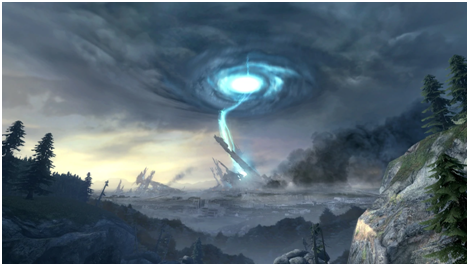
The objective from this point was to travel to White Forest, the largest resistance base where all of the group’s most important figures, including Eli Vance—Alyx’s father and Gordon’s colleague back when they originally worked for Black Mesa—resided. From this base, the group would decrypt the distress message that the Combine were trying to send in hopes that it would lead to a weapon that would permanently drive the Aliens out of Earth.
After traveling through the ruined landscapes of the world, and overcoming many obstacles, including an occasion where Alyx almost met her doom at the hands of a Combine Hunter, our dynamic duo made it to the resistance base. There, the group decrypts the message and learns that the sender had discovered the Borealis, a ship built by Aperture Science, Black Mesa’s competitor at the time, which was equipped with experimental portal technology that the resistance could use against the Combine.
However, before they could put the information to use, the base came under attack by the Combine, an assault which Gordon single handedly stopped using special bombs alongside his trusty Gravity Gun. Once the battle had finished, the resistance was able to assault the Combine Superportal directly using the Black Mesa Array that was still operational, shutting the gate permanently and cutting the Alien’s grasp on Earth.
Sadly, this great victory by the resistance was short-lived as, moments after the portal had been closed, a group of Combine Advisor stragglers assaulted the base directly. While keeping Alyx and Gordon pinned down via their psychic powers, the Advisors take Eli and probe his brain directly, killing him instantly and potentially learning all the resistance secrets by literally absorbing them from him. Fortunately, the Advisors were repelled by Alyx’s robotic pet, Dog, but the damage had already been done.
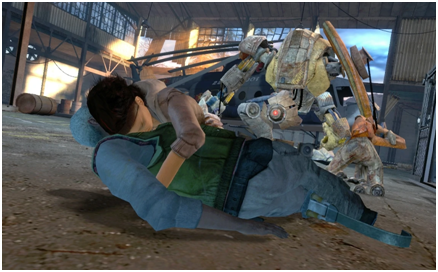
Enter Half-Life: Alyx
Half-Life 2: Episode Two, ended with Gordon on the ground, defeated, while Alyx held her father’s lifeless corpse in her arms. End scene; fade to black; we were presented with one of the most nail-bitingly tense cliffhangers in gaming history, one that wouldn’t be revisited by Valve again until after more than a decade, to the dismay of loyal fans of the series.
Before Half-Life: Alyx was announced, the previous game’s ending had gone down in history as one of those things that would never be resolved, since years had passed, and there was no news whatsoever about Episode 3 or Half-Life 3. Valve hadn’t closed, but focused most of their efforts on their Steam distribution platform and a few titles here and there. THat included the likes of the awesome Dota 2 (and failed endeavors like the ill-fated Artifact, but we don’t talk about that here) and regularly maintaining their hit competitive FPS title, Counter-Strike: Global Offensive.
So, why did we spend all this time elaborating on the history of a 22-year-old franchise? Well, frankly, because without the context of the history of this game, the announcement and launch of Half-Life: Alyx loses significance, especially since it’s a VR title. This is a bold move by Valve; developing a game directly related to the events of their beloved franchise, and then making it a VR-exclusive title. VR still commands a pricey entry fee in the form of the wearable headset and a PC powerful enough to run the game, thus limiting exposure to those who can give it a spin.
However, even leaving aside the fact that it’s a VR title, the legacy of Half-Life is such that anything other than a stellar title would be received negatively by the fans. Such is the fate of huge franchises that go dormant for many years, and then resurface out of nowhere; if they’re not good, the negative response is magnified in relation to the popularity of the franchise in question.
We really don’t want to spoil too much the events of Half-Life: Alyx as it’s still a new title, which many gamers have yet to play. Without going into much detail, the game is quite decent, featuring mechanics that obviously make use of the VR controls, though some users claim it’s too easy, and we’re inclined to agree. Nevertheless, since it’s one of the highest-profile VR games out there currently, the novelty of the title was definitely a factor that contributed to our enjoyment, especially since it has the iconic Valve polish, which further drives the point that we enjoyed a quality product.
Half-Life: Alyx Spoilers Ahead. If you want to discover the story by yourself, stop reading now!
When it comes to story and narrative, however, Valve went the controversial route by retconning Episode Two’s ending, with Alyx breaking the G-Man out of the Vault, a Combine prison powered by Vortigaunts. The enigmatic entity, as a reward, gives Alyx a vision of the future where his father was killed by Combine Advisors, and rewinds time just before the pivotal moment transpired. With G-Man’s help, Alyx rescued her father just before the Advisors killed him.
However, pleased with her willingness to act in the face of adversity, the G-Man took an interest in Alyx and put her into stasis, instead of Gordon this time. The group wakes up in White Forest, with Eli now alive, but with Alyx missing, as he swears revenge against the G-Man for taking his daughter.
The game ends with another cliffhanger—one that, hopefully, won’t take over a decade to resolve.
Spoilers end here.
All in all, Half-Life: Alyx definitely feels like a Valve game, with all the polish we’ve come to expect from the legendary developers. Although the company has had a sketchy track record as of late, their rekindled interest in the Half-Life franchise, spearheaded by the release of this new VR title, portends good things for loyal fans and enthusiasts who have followed Gordon’s journey from his humble beginnings as a lowly Black Mesa researcher, especially since they have confirmed that Half-Life 4 is already in the works.

So, to answer the question we posed at the beginning of this article: Was Half-Life: Alyx the game we were all expecting? Probably not. However, its launch definitely spells good things for the future of the franchise, a future that we can’t wait to explore!
Thanks for reading! Here at PrimeTime Amusements, we like to keep ahead of the curve in arcade game rental and sales and pride ourselves in providing the best service in the country. If you’re looking for a game in particular, or have a few questions about the industry, feel free to give us a call at 1.800.550.0090 or to swing by at 5300 Powerline Rd. Suite 210, Ft. Lauderdale, Florida, 33309.

